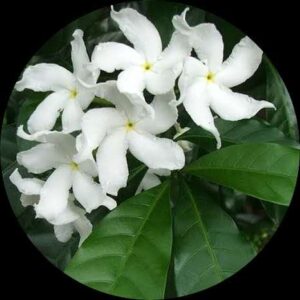- Empty cart.
- Continue Shopping
Seedless (Jack Fruit)
Original price was: ₹750.00.₹380.00Current price is: ₹380.00.
Genus : Artocarpus
“Enjoy the convenience of growing Seedless (Jackfruit) plant. Savor the delicious taste of this tropical fruit without the inconvenience of seeds.”
Seedless variety of jackfruit (Artocarpus heterophyllus). Jackfruit is a large tropical fruit that belongs to the Moraceae family and is native to South Asia. It is known for its distinctive appearance and unique flavor. However, there are some cultivars or varieties of jackfruit that may have reduced or smaller seeds compared to the typical jackfruit, but they are not completely seedless. Here’s a general description of a typical jackfruit plant:
Plant Characteristics:
- Size: Jackfruit trees are large, evergreen trees that can grow up to 20-30 meters in height, with a dense and spreading canopy.
- Leaves: The leaves are large, alternate, and leathery, with a glossy dark green color and a prominent midrib.
- Flowers: Jackfruit trees produce small, unisexual flowers that are usually yellow or greenish-yellow in color, and they are arranged in dense inflorescences called “syncarps” on the trunk and main branches of the tree.
- Fruits: Jackfruit fruits are the largest tree-borne fruits in the world, weighing up to 30-50 kilograms each. They have a rough and spiky greenish-yellow or yellowish-brown rind, and the flesh inside is divided into small segments, each containing a seed. The seeds are large and ovoid, with a hard outer shell.
Cultivation:
- Climate: Jackfruit trees thrive in tropical or subtropical climates with hot temperatures and high humidity. They are sensitive to frost and require a frost-free environment.
- Soil: Jackfruit trees prefer well-drained, fertile soils that are rich in organic matter.
- Sunlight: Jackfruit trees require full sunlight for optimal growth and fruit production.
- Water: Jackfruit trees require regular watering, especially during the flowering and fruiting stages. However, they can tolerate some drought once established.
- Propagation: Jackfruit trees are typically propagated through seeds, although grafting and air layering methods can also be used to propagate selected cultivars or varieties.
Uses:
- Edible Fruit: Jackfruit is primarily grown for its large and flavorful fruits, which are consumed fresh, used in various culinary applications, such as curries, stir-fries, desserts, and snacks, and processed into jackfruit chips, candies, and canned products.
- Timber: Jackfruit wood is used for furniture, construction, and carving, as it is durable and termite-resistant.
- Other Uses: Jackfruit leaves, latex, and seeds are used in traditional medicine and various industrial applications.
In conclusion, while there is no naturally occurring seedless variety of jackfruit, there are cultivars or varieties that may have reduced or smaller seeds. Jackfruit is a large tropical fruit that is typically grown for its delicious fruits, but it also has other uses such as timber and medicinal applications. It requires a warm tropical or subtropical climate and well-drained, fertile soils for optimal growth.



































394 reviews for Seedless (Jack Fruit)